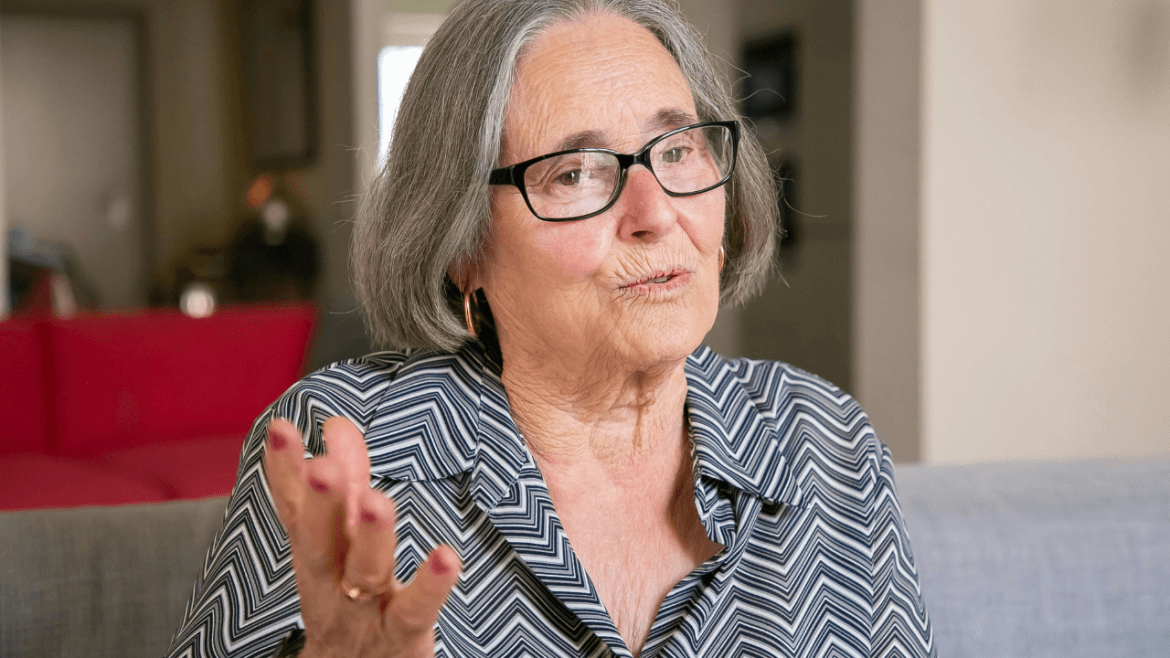Seniors Need To Take These Four Rehab Steps After A Stroke
Experiencing a stroke is life-altering, especially for seniors. As the brain’s blood flow is disrupted, it can lead to challenges with movement, speech, and even cognition. The rehabilitation journey is crucial in rebuilding independence and quality of life.
For many seniors, this journey can seem overwhelming, and for their families, it’s a time filled with emotions, hopes, and sometimes frustrations. However, breaking down the recovery process into specific, manageable steps can make a profound difference.
This guide highlights four essential steps seniors should take in their rehabilitation journey after a stroke, each designed to support healing and resilience.
Step 1: Embrace Physical Therapy for Movement Recovery
Physical therapy is often the foundation of stroke recovery, focusing on regaining strength and mobility. Seniors may find that daily tasks such as walking, sitting, or even standing can feel like monumental efforts. This is where physical therapists work to rebuild these functions through targeted exercises that cater to the unique needs of each patient.
For seniors, physical therapy doesn’t just improve physical strength; it also fosters confidence. The exercises range from small, repetitive movements to increase flexibility to more comprehensive activities that promote balance. A significant part of physical therapy involves repetition and muscle memory. In time, this commitment can restore a senior’s ability to navigate their home or even return to beloved hobbies.
It’s important to recognize that physical therapy is an evolving process. While it may start with basic movements, the end goal is regaining autonomy. The incremental successes achieved through physical therapy remind seniors of their resilience, setting a hopeful tone for the next steps in their journey.
Step 2: Incorporate Occupational Therapy for Daily Function
Occupational therapy is distinct from physical therapy, focusing on the specific skills seniors need to handle everyday tasks. After a stroke, activities such as dressing, bathing, cooking, or even using the phone may seem daunting. Occupational therapy aims to empower seniors with the tools and techniques they need to navigate these tasks confidently.
Occupational therapists often begin with an assessment of the senior’s home environment, identifying any potential obstacles. They may suggest adaptations, like grab bars in the bathroom or using modified utensils, that simplify daily routines. For seniors, these modifications don’t only bring convenience; they reinforce a sense of control over their surroundings, which can significantly impact mental well-being.
This form of therapy serves as a daily reminder that recovery is not just about physical movement—it’s also about reclaiming life’s little joys. Through occupational therapy, seniors learn that their stroke doesn’t define them, and they can continue enjoying life’s simple pleasures with the right tools.
Step 3: Engage in Speech Therapy for Communication Skills
One of the more hidden but impactful side effects of a stroke is its impact on speech and communication. For seniors, the loss of speech can be profoundly isolating, impacting not just their ability to speak but also to understand. This, in turn, affects relationships, independence, and even confidence. Speech therapy steps in to bridge these gaps.
Speech-language pathologists work closely with stroke survivors to rebuild communication pathways in the brain. For some, this may mean relearning how to articulate words, while for others, it’s about redeveloping the cognitive ability to understand and respond. Sessions are crafted to suit each person’s challenges, progressing from simple sounds to phrases and, eventually, conversational sentences.
The emotional toll of impaired communication can be heavy, but as seniors make strides in speech therapy, they often find renewed joy in social interactions. Whether it’s a short conversation with family or participating in a favorite group activity, the ability to communicate is key to emotional recovery and social reconnection.
Step 4: Prioritize Psychological Counseling for Emotional Resilience
Stroke recovery isn’t just a physical journey; it’s an emotional one as well. For seniors, the sudden changes brought on by a stroke can lead to feelings of depression, frustration, and even helplessness. While therapy for physical recovery is essential, prioritizing mental health is equally crucial for holistic healing.
Psychological counseling provides a safe space for seniors to explore and process these emotions. Therapists use various methods, from talk therapy to mindfulness practices, helping seniors develop coping mechanisms. The emotional support offered in counseling can be transformative, providing a sense of hope and reminding seniors of their inner strength.
Family members and caregivers play a vital role in this part of recovery, as their support encourages seniors to attend counseling sessions and maintain a positive outlook. Emotional resilience enhances the effectiveness of physical, occupational, and speech therapy, making counseling a cornerstone in the recovery process.
A Holistic Approach to Stroke Recovery
Each of these four steps contributes uniquely to the recovery journey. Physical therapy restores mobility, occupational therapy empowers independence, speech therapy rekindles communication, and psychological counseling fortifies emotional strength. Together, these steps form a holistic approach to stroke recovery, ensuring that seniors regain not only their physical abilities but also their sense of self-worth.
Family and caregivers should remain involved in this journey, encouraging seniors and celebrating milestones along the way. The path to recovery after a stroke may be challenging, but with determination, the support of loved ones, and the guidance of specialized therapists, seniors can look forward to reclaiming their lives, one step at a time.

